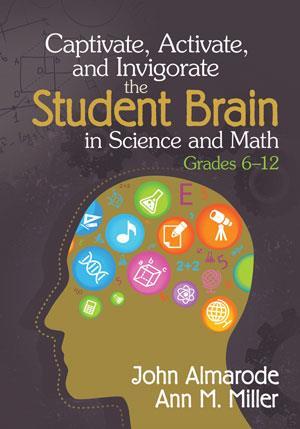Neuroscience in the classroom
John T Almarode and Ann M Miller
Corwin
2013 | 224pp | £18.99 (PB)
ISBN 9781452218021

This is a book written for a US audience, which will inevitably limit its immediate appeal for other readers. There does, however, appear to be a slight resurgence in interest in the implications of the applications of neuroscience to classroom practice, which it will help to meet.
The neuroscience itself is basic, but gives a useful overview without burdening the reader with excessive technical detail. It will serve as a readable introduction or refresher for teachers or trainees. It also provides an extensive list of academic references, which will be useful for anyone who wishes to read further about the neuroscience. The chatty and informal style makes for easy reading on a weighty subject, although the colloquial writing style may seem slightly strange to a European audience.
The book provides a few reminders to experienced teachers and may offer new teachers a different way of considering what goes on in their classroom. One such reminder was the clear message to consider the learners’ affective state, including their attention and motivation, whose roles in effective learning is clearly explained. There is a strong argument for developing thinking skills and technical vocabulary, both of which remain relevant to teachers of science.
However, the usefulness of the book’s advice on teaching is limited by the huge differences in educational practices in the UK and US, to which it inadvertently draws our attention. It is difficult, for example, for UK teachers to imagine teaching a lesson undifferentiated for a range of learners, whereas this is presented as cutting-edge practice in the book.
The most significant reservation that could be levelled at the book is that, despite its title, it isn’t ultimately about the unique challenges that the teaching and learning of science (and maths) presents, and what neuroscience can tell us about addressing them effectively. While the examples used to illustrate the concepts are drawn from these two areas of the curriculum, it will disappoint anyone who is expecting more than a generic account of how neuroscience can help to inform classroom practice.
Purchase Captivate, activate and invigorate the student brain in science and math from Amazon.co.uk









No comments yet